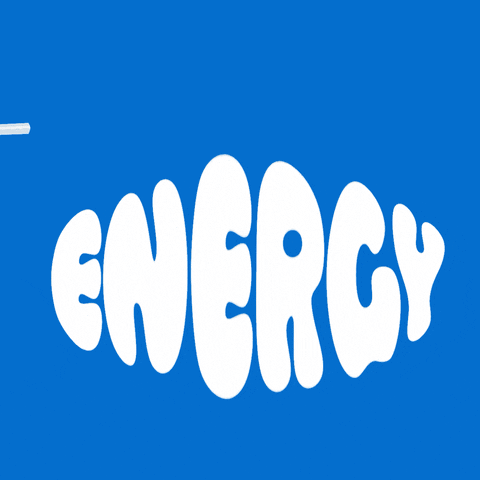- What the F(it)!
- Posts
- WTF(it)! You are never to old!
WTF(it)! You are never to old!
Understanding Metabolism
FAT LOSS FRIDAYS
QUOTE OF THE DAY
“You are never to old to become younger!”
Mae West

Decoding Metabolism:
The Role of Muscle Mass in Boosting Metabolic Rate
Metabolism, often perceived as a mysterious force governing our body's energy utilization, is a multifaceted process with significant implications for overall health. In this exploration, we unravel the intricate connection between metabolism and muscle mass, shedding light on how an increase in muscle contributes to an elevated metabolic rate.
Confused already?
In General: More Muscle = More fat loss
Understanding Metabolism; A Holistic Perspective:

Gif by EMBL_org on Giphy
Metabolism encompasses the complex set of biochemical processes that sustain life, including energy production, cellular repair, and maintaining body temperature. It's crucial to dispel the notion of a one-size-fits-all metabolic rate and appreciate the dynamic interplay of factors influencing energy expenditure.
The Engine Analogy:
Comparing our body to a vehicle, metabolism acts as the engine propelling essential functions. In this analogy, muscle mass serves as the high-performance component, influencing the engine's efficiency and overall fuel consumption.
Fuel Sources; Muscle vs. Fat:

Gif by araldeutschland on Giphy
Our bodies utilize various fuel sources, with muscle and fat playing distinct roles. Muscle, being metabolically active tissue, demands a constant supply of energy, even at rest. In contrast, fat serves as a stored energy reserve, awaiting mobilization when needed.
Muscle Mass and Resting Metabolic Rate (RMR):
One key determinant of metabolism is the Resting Metabolic Rate (RMR), representing the energy expended while at rest. Scientific evidence consistently supports the idea that individuals with higher muscle mass exhibit an elevated RMR, indicating that muscle contributes significantly to baseline calorie burn. Again more muscle = More energy required (FAT)
Resistance Training as a Catalyst:

Gif by BoxingStar on Giphy
Engaging in resistance training emerges as a pivotal strategy to enhance muscle mass and, consequently, boost metabolism. Resistance exercises, such as weight lifting, stimulate muscle growth and trigger adaptations that lead to increased energy expenditure.
Unlike the GIF would suggest, you don’t need to be a body builder. Add in lifting weights to tone and create some growth! This is better than nothing!
The Caloric Benefit of Muscle:

Gif by DallasFuel on Giphy
Muscle, being metabolically active, consumes more calories compared to fat, contributing to a favorable caloric balance. As individuals build and maintain muscle mass, they create a more efficient metabolic engine that burns calories not only during physical activity but also at rest.
Aging, Muscle Loss, and Metabolism:
Aging is often accompanied by a natural decline in muscle mass, contributing to a gradual reduction in metabolic rate. Recognizing the importance of preserving muscle mass through regular exercise becomes paramount in mitigating age-related metabolic changes.
Conclusion:
In the intricate tapestry of metabolism, the role of muscle mass cannot be overstated. Understanding how muscle influences Resting Metabolic Rate provides valuable insights into optimizing our body's energy utilization. By incorporating resistance training into our routines and prioritizing the preservation of muscle mass, we empower ourselves to cultivate a metabolism that supports overall health and vitality. 🏋🏼♀️





Reply